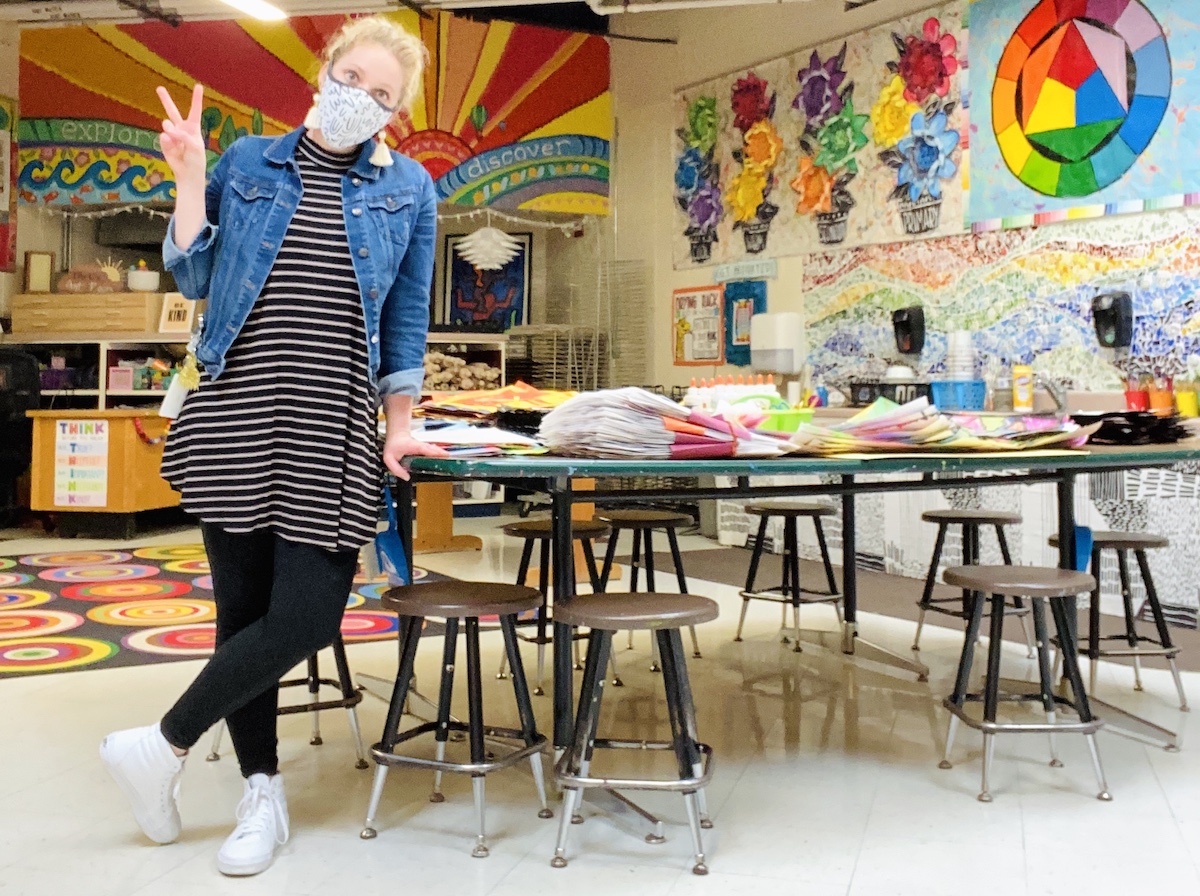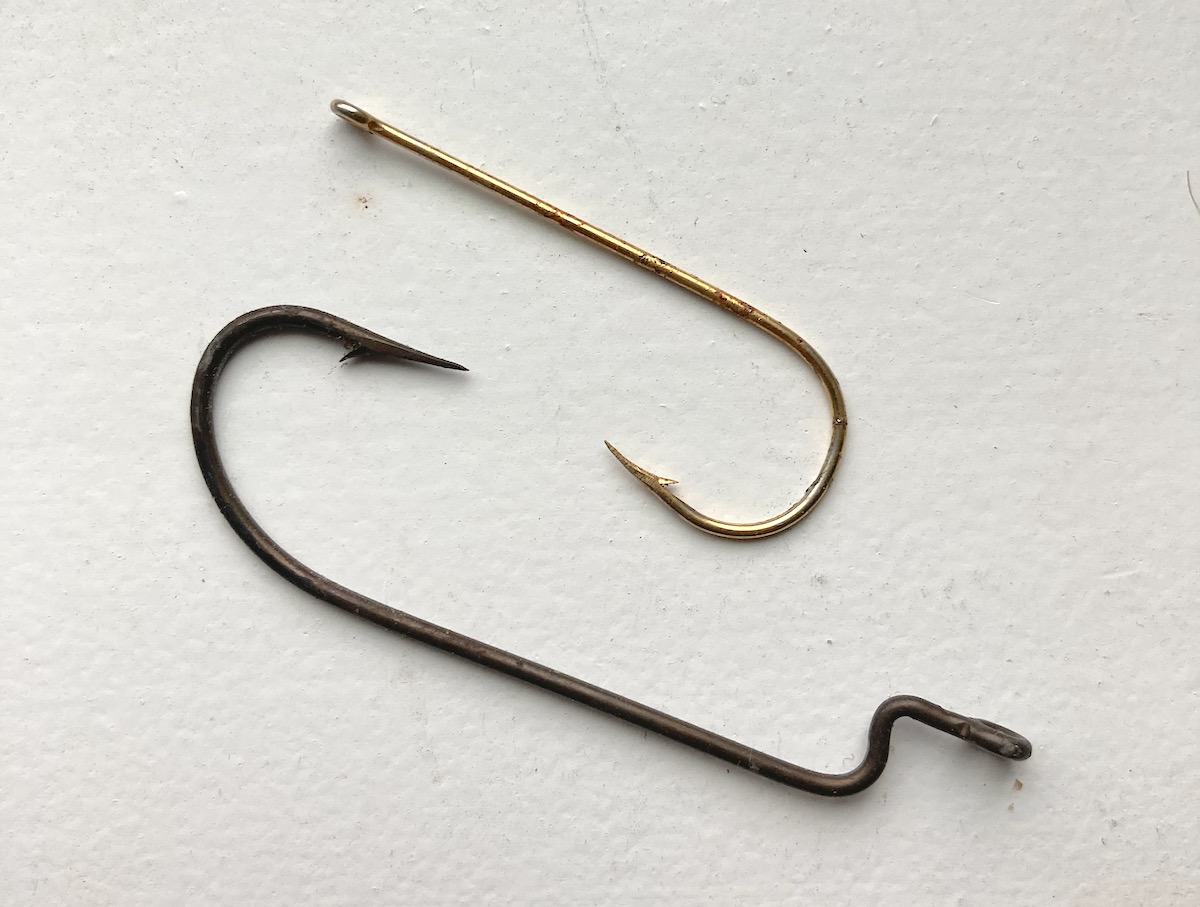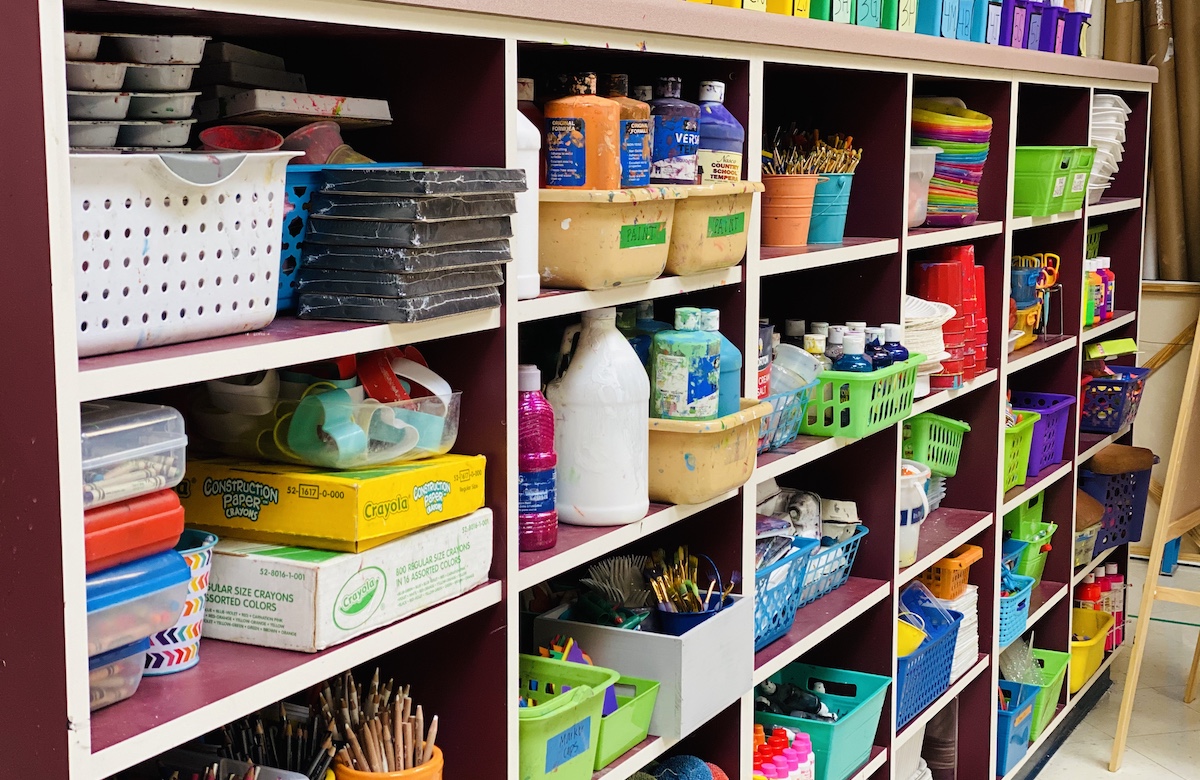Art Education and the Coronavirus (COVID-19)
So many kids want to be back in school. Teachers want to be back to their regularly scheduled program of celebrating the end of the year victories, running around on field day, and handing back artwork to accomplished artists. During this time apart, teachers are being bombarded with messages from students saying how much they miss coming to school. Students miss the routine, being in school with their friends, playing games in a physical education class, working in the classroom enters, and creating art in a messy art room.
When COVID-19 shook our school system, we quickly transitioned to teaching our students art from home. And although it’s unclear how long or how many times we will need to do online learning, it is clear that the arts are the hook for online learning. Not only are they the hook, but they are also the bridge and facilitator for students transitioning back to the physical classroom.

Every school is handling academic requirements differently. Some teachers are required to host online lessons for entire grade levels, while others create YouTube videos that can be viewed at any time.
As art teachers, we know the importance of what we teach. We know the real world ways that art can impact the lives of our students. And now, more than ever, our students and families are getting a taste of why integrating art into online learning is so important.
Here Are 5 Reasons Why the Arts Are the Hook for Online Learning:

1. The arts provide an outlet and escape.
Our students’ daily online learning schedules can be quite rigorous. Depending on the age and level of your students, their day is likely jam-packed with requirements, meetings, online videos. Take this student to student advice for online learning as a reminder about why a schedule is so important during at-home learning.
Advocate and learn right from your living room! Register for the next NOW Conference.
However, with that schedule comes the need for variety. Our bodies crave movement and change. We simply cannot sit in a chair all day staring at a computer screen, especially young children who need to move and engage with the world around them.
Creating an observational drawing, exercising, drumming a beat on a table, inventing a dance, or participating in inventive play are all examples of creative outlets necessary for children.

2. The arts strengthen real-world problem solving and decision-making skills.
As art teachers, one of the best moments we get to observe is when a young artist exclaims, “A-ha! So that’s how you do it!” We love watching our students make connections and discover new ways to solve problems. Of course, students can strengthen problem-solving skills in traditional academic classes like math and science. In addition, art, music, physical education, dance, and theatre offer a vibrant way for students to present and perform their problem-solving skills.
3. There are no “wrong” answers in the arts.
Artists are inventors. We are flexible and resilient people who know how to make anything work. During this time of online learning, the arts can be very flexible with how content is delivered to students. You can maintain student choice with online learning.
Because not every student has equal access to technology, art supplies, instruments, physical education equipment, we are encouraged to be flexible in our creativity. We can record videos that can be watched at any time. We can connect with science and reading lessons and practice creativity through cross-curricular content. We can use simple materials to create such as simple notebook paper or these six activities that require minimal art supplies.

4. The arts engage students.
If you ask a student what their favorite subject is, they often respond with “Art, gym, or music!” So many students connect deeply with the fun, engaging, active, and colorful atmosphere of the arts. For many, the arts feel like home. And for art and other specials teachers, we pride ourselves on being able to create engaging and meaningful content for our learners.
5. The arts are a vehicle for connection
As families are finding themselves spending more time together under the same roof, it is a perfect time for meaningful connections to grow. The arts provide an opportunity to connect as a family. Try inventing an outdoor game, learning a dance together from social media, singing along with the piano, or creating a handful of paper hearts for your window. It is so important for our mental health to maintain connections with our loved ones. One of the best ways to build those connections is through the arts.
No matter the time, art advocacy is always important. It is especially important now, as we all navigate the best way to support each other with online learning. There are so many ways the arts can engage students in online learning.
What comments have you gotten about what students miss most from school?
How will you advocate for your program with the transition to online learning?
What activities have you loved and learned from most during our time with distance learning?
Magazine articles and podcasts are opinions of professional education contributors and do not necessarily represent the position of the Art of Education University (AOEU) or its academic offerings. Contributors use terms in the way they are most often talked about in the scope of their educational experiences.






